Mozambique travel tips
Mozambique travel tips: Located in southeastern Africa, boasts diverse landscapes, vibrant cultures, and a rich history marked by resilience and progress.
Provinces 🌎
Mozambique travel tips. Here is a list of all the provinces of the Mozambique.
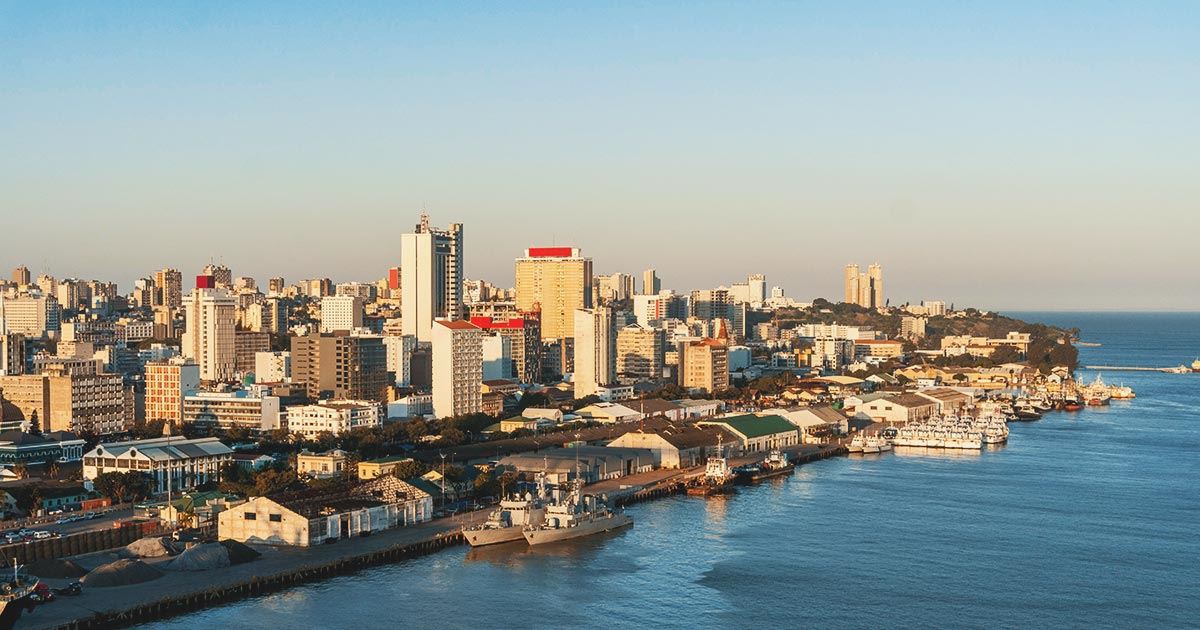
Maputo

Gaza
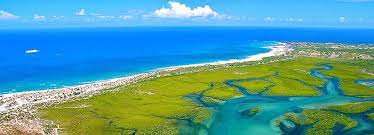
Inhambane
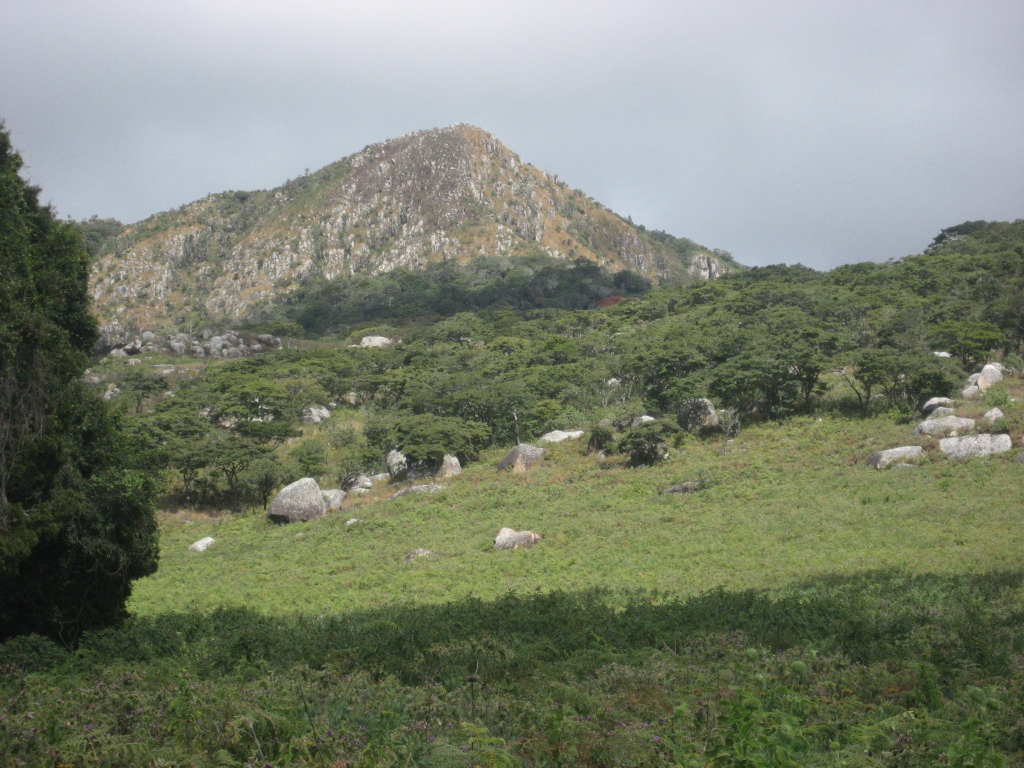
Sofala
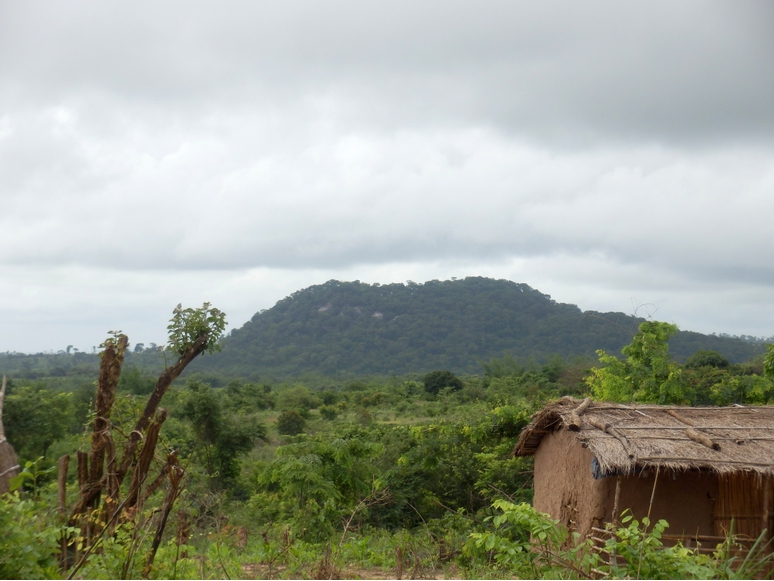
Manica
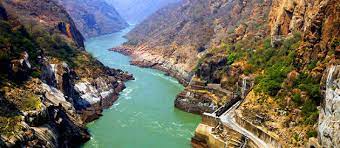
Tete

Zambezia

Nampula
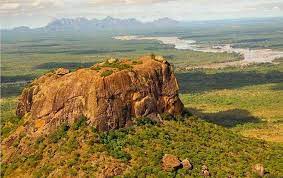
Niassa
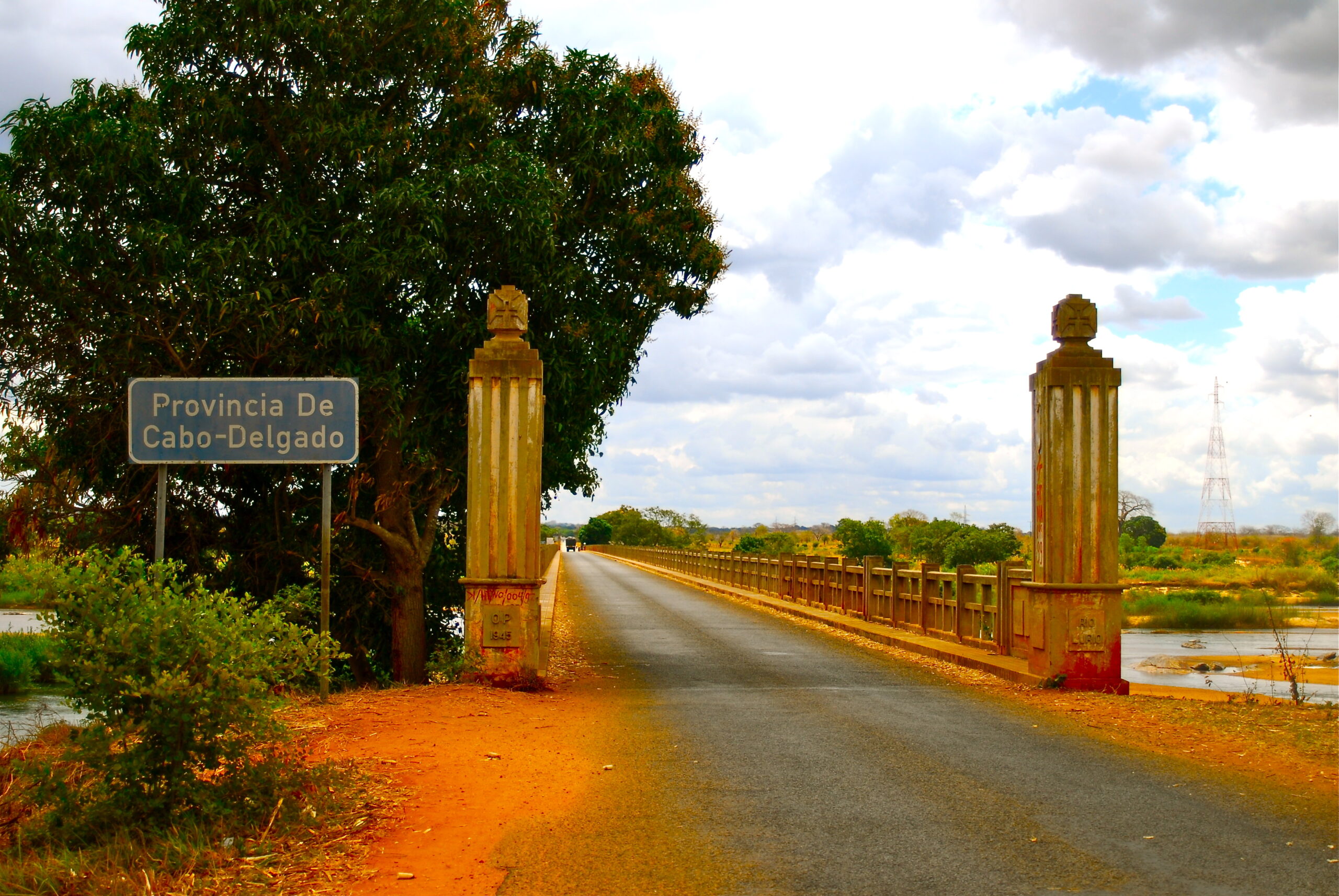
Cabo Delgado

Maputo City
Before you go 🛩
Important information you should know before your trip
Info
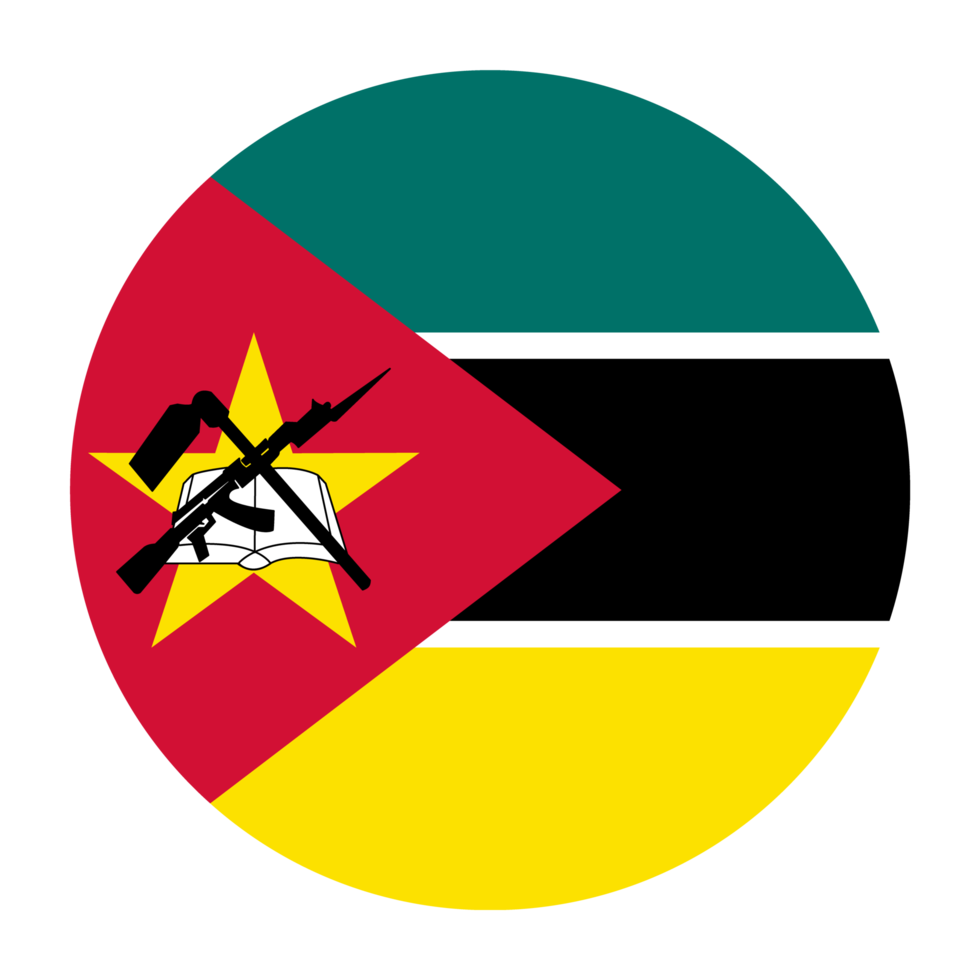
Capital | Maputo
Flag Codes:
ISO alpha-2 MZ,
ISO alpha-3 MOZ
Currency
Badge | Mozambican Metical
CODE | MZN
NUMBER | 943
SYMBOL | MT
FRACTION | penny
Mobile Coverage
Dialing Code | +258
SIM Card
Coverage | 3G / 4G / 5G |
Mobile Networks | Movitel Mobile | Tmcel | Vodacom Mobile |

Location
Mozambique is a country located in southeastern Africa. It is situated along the eastern coast of the African continent and has a long coastline along the Indian Ocean. Here are some geographic details about the location of Mozambique: Latitude: Mozambique’s northernmost point is approximately 10 degrees south latitude, while its southernmost point is around 26 degrees south latitude. Longitude: The eastern border of Mozambique, along the Indian Ocean, lies between approximately 40 and 50 degrees east longitude.
Mozambique’s strategic location along the Indian Ocean coast has made it an important country in the region, with a significant coastline and access to sea trade routes. Its capital and largest city is Maputo, which is located in the southern part of the country along the coast.
Currency
The currency of Mozambique is the Mozambican Metical, abbreviated as “MZN” and often represented by the symbol “MT.”
The metical is further subdivided into 100 centavos.
It is the official currency used for daily transactions, trade, and commerce in Mozambique.
Please note that exchange rates can fluctuate, so it’s a good idea to check the current rates if you plan to exchange currency or engage in financial transactions involving the Mozambican Metical.
Languages
Mozambique is a linguistically diverse country with a wide variety of languages spoken. However, the official language and the lingua franca of Mozambique is Portuguese. Portuguese is used in government, education, media, and business, and it is the language of instruction in schools.
In addition to Portuguese, there are numerous indigenous languages spoken throughout Mozambique. Some of the major indigenous languages include:
Emakhuwa (eMakua): Spoken primarily in the northern parts of Mozambique, particularly in the provinces of Nampula and Zambezia.
Xichangana (Changana): Common in the southern regions, including the provinces of Gaza and Inhambane.
Xitsonga (Tsonga): Spoken in the southern and central parts of the country.
Cisena (Sena): Widely spoken in the central and northern regions, including the Zambezi Valley.
Cinyanja (Chichewa): Spoken in parts of northern Mozambique, especially in Niassa Province.
Elomwe (Lomwe): Found in the southern regions, including Inhambane Province.
These indigenous languages are used in daily life and are an essential part of Mozambique’s cultural and linguistic diversity. While Portuguese is the official language, the government recognizes the importance of preserving and promoting indigenous languages as well.
Climate 🌡
Mozambique has a diverse climate due to its vast north-to-south expanse and its varied geography, including coastline, highlands, and lowlands. Generally, Mozambique experiences a tropical climate, but it can be divided into a few distinct climate zones:
Tropical Coastal Climate:
The coastal regions of Mozambique, especially along the Indian Ocean, have a tropical climate with high humidity and warm to hot temperatures.
The rainy season typically occurs from November to April, with heavy rainfall and the possibility of tropical cyclones affecting the coast.
The dry season is from May to October, characterized by lower humidity and pleasant temperatures.
Inland Tropical Climate:
Moving inland from the coast, the climate becomes more temperate, especially in the higher-altitude areas.
In the central and northern regions, temperatures are generally warm to hot throughout the year, with slightly cooler conditions at higher elevations.
The wet season follows a similar pattern to the coast, with heavy rainfall from November to April.
Southern Highlands Climate:
The southern highland regions, including places like Manica Province, have a more temperate climate due to their higher elevations.
Winters can be cooler, with nighttime temperatures dropping significantly, especially in June and July.
The wet season also occurs from November to April, with rains being less intense compared to coastal areas.
Northern Coastal Climate:
The northern coastal region, near the border with Tanzania, has a climate influenced by the monsoon winds.
It experiences a longer rainy season from October to May, with the heaviest rains in December and January.
The dry season is shorter and less pronounced in this area.
Mozambique is prone to natural disasters, including cyclones and flooding, especially during the rainy season. These events can have a significant impact on the country’s climate and weather patterns.
Mozambique travel tips
If you’re planning a trip to Mozambique, here are some travel tips to enhance your experience:
Visa and Entry Requirements:
Check visa requirements before traveling. Obtain necessary permits and vaccinations for a smooth entry into Mozambique.
Cultural Sensitivity:
Respect local customs and traditions. Dress modestly, especially in rural areas, and seek permission before taking photos of people.
Island Adventures:
Explore Mozambique’s stunning islands like Bazaruto and Quirimbas. Enjoy water activities like snorkeling, diving, and dhow boat trips.
Coral Reefs and Marine Life:
Mozambique boasts rich marine biodiversity. Snorkel or dive to witness colorful coral reefs and diverse sea creatures.
Transportation:
Use reliable transportation options. Domestic flights, buses, and rented cars are common. Confirm bookings and schedules in advance. View Guide.
Cultural Events:
Check for festivals or events happening during your visit. Experience traditional dances, music, and festivities.
National Parks and Wildlife:
Visit Gorongosa National Park or Niassa Reserve for a chance to see diverse wildlife. Hire a local guide for a richer experience.
Enjoy your time in Mozambique!

The best of the best
Mozambican cuisine is known for its flavorful and diverse dishes, influenced by the country’s coastal location and a blend of African, Portuguese, Indian, and Arab culinary traditions.

Peri-Peri Chicken
Perhaps the most famous Mozambican dish, peri-peri chicken is marinated in a spicy chili sauce known as peri-peri sauce, which is made from African bird’s eye chilis.

Piripiri Prawns
Similar to peri-peri chicken, prawns are often marinated in peri-peri sauce and grilled or cooked with spices, garlic, and lemon juice for a spicy and zesty flavor.

Chamuças
Chamuças are a Mozambican variation of samosas. They are pastry pockets filled with a mixture of meat, vegetables, and spices, then deep-fried until crispy.
Here are some typical foods and dishes from Mozambique:
Feijoada: A Portuguese-inspired dish, feijoada is a hearty stew made with black beans and various meats, such as sausages, pork, and beef. It’s often served with rice and collard greens.
Matapa: Matapa is a traditional Mozambican dish made from cassava leaves cooked in a peanut and coconut sauce. It’s typically served as a side dish or with rice.
Pãozinho: Pãozinho means “little bread” in Portuguese. These small bread rolls are a common accompaniment to many Mozambican meals.
Camarões à Cataplana: A seafood dish, Camarões à Cataplana features prawns cooked with onions, tomatoes, garlic, and spices in a cataplana, a traditional Portuguese copper pot.
Xima: Xima, also known as sadza or pap in other African countries, is a porridge made from maize meal and served as a staple food alongside various stews and sauces.
Cashew Nuts: Mozambique is known for its cashew nuts, and they are often used in dishes or enjoyed as snacks.
Acarajé: Acarajé is a popular street food in Mozambique. It consists of deep-fried balls of black-eyed pea dough filled with shrimp and spices.
Coco Rico: This is a popular soft drink in Mozambique, made from coconut water and often enjoyed as a refreshing beverage.
Matapa: Matapa is a traditional Mozambican dish made from cassava leaves cooked in a peanut and coconut sauce. It’s typically served as a side dish or with rice.
Mozambican cuisine is rich in flavors, with a focus on seafood, spices, and coconut milk. Whether you’re a fan of spicy dishes or milder fare, Mozambique offers a wide range of culinary delights to explore.
Transportation 🚥
More information about this country
Choose your destination 📍🗺
Useful Links ✅



